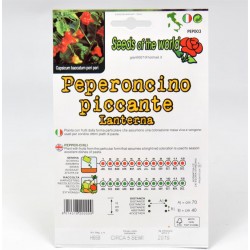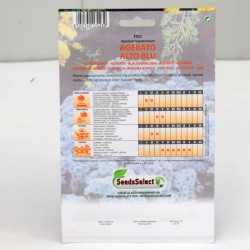Hazel Tree
Generalities:
The hazelnut belonging to the Betulaceae family grows in many regions of Europe, as well as in Western Asia and in some areas of Northern Africa. In Italy we find it in many regions from Lazio to Piedmont, passing through Tuscany and Campania, in the plains as well as in mountain regions up to 1400 meters above sea level. Of the genus Corylus, the particular “avellana” species refers to the town of Avella, in Campania, where the ancient Romans already cultivated hazelnuts.
- Vase 16cm, Height 120 / 150cm
Generalities:
The Hazel has a generally shrubby bearing but can be found in the form of a hedge or small tree. The stone is often pruned a lot, especially if grown for production. If left in free form, it can grow in the shape of a tree, with a height of up to 10/12 meters, with a life expectancy of about 80 years. If it is cultivated as a stump, with strong pruning repeated over the years, its life can be greatly extended up to a few hundred years. It has a smooth, gray-brown bark that peels off over time, like that of birch. Its leaves, round or oval, turn yellow in autumn before falling. The hazel is a monoecious plant, has both male and female flowers on the same specimen. However, the flowers must be pollinated by pollen from other plants. The male flowers have a length that can reach about ten centimeters, golden yellow, ripen from mid-February. The female flowers, of very modest size, with a clump of purple-red stigmas at its peak. The fruits of this plant are hazelnuts, which are generally found in groups of 2 to 4, each covered for the most part by modified leaves, called bracts. Hazelnuts are a source of nutrition for woodpeckers, pigeons, dormice and other small mammals. Certainly, its flowers are a source of pollen, albeit modest, for bees in a period when flowers are still scarce. If the plants are found in the woods or in a little sunny position, the trunks are covered with moss and lichen, under its foliage we can find mushrooms.
Cultivation and Care :
The core has a very extensive root system that varies its size according to the characteristics of the soil in which it is planted. It is a plant that adapts to most types of soil, adapts to different pedoclimatic conditions. One of the few critical conditions is represented by extremely compact soils with stagnant water, which can cause problems to the collar or roots. On the contrary, it prefers soils with a good structure, preferably loose and with neutral pH, even if it is capable of growing in acidic conditions or with alkaline soils. It is a pollinating plant.The hazelnut prefers mild temperatures, even if in winter it tolerates minimum temperatures of - 15 degrees.For this reason, it would be advisable to cultivate hazelnut plants in sunny or semi-shaded areas, during the development phase the plant fears the strong wind but once it has grown, the bark itself will protect it even from strong winds.





















